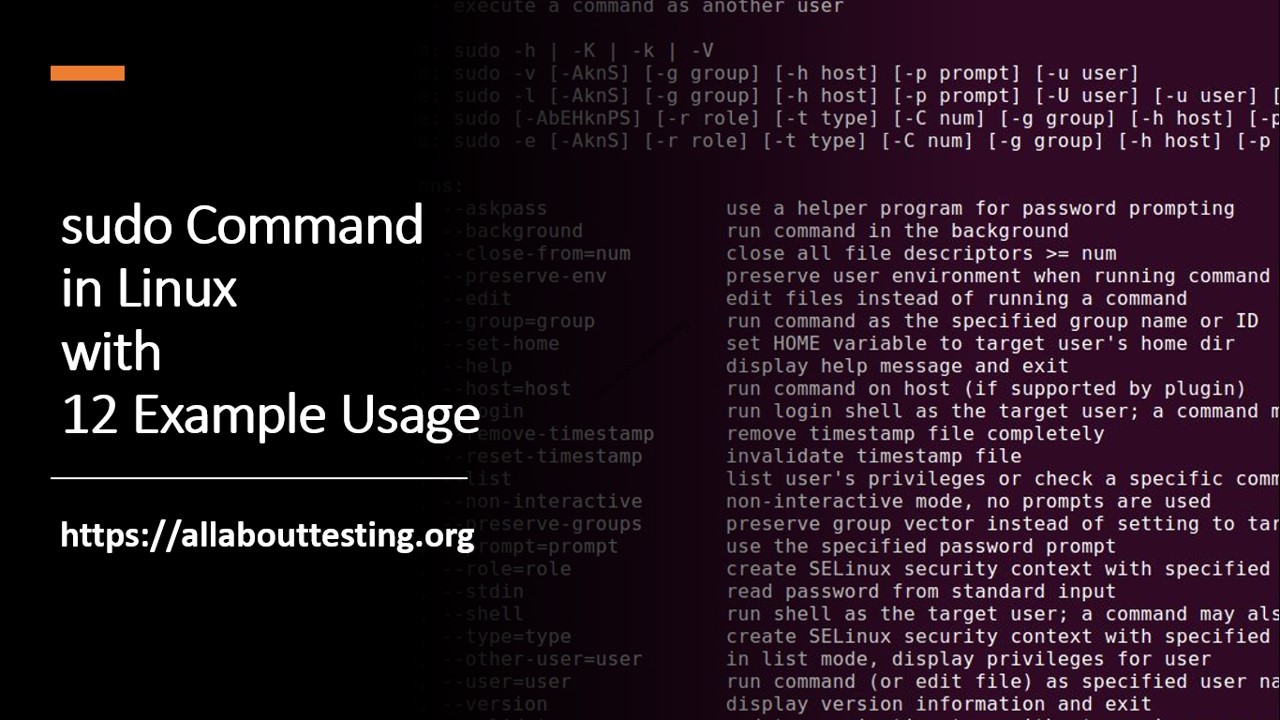

That is because standard users, by default, cannot install applications on a Linux machine. If, as your standard user, you just issue the command dpkg -i b you will receive an error warning you that the user does not have proper permissions to execute the command. Say you have to run the dpkg to install a piece of software. Using sudo, in its most basic form, is simple. All you can do is issue commands with the help of sudo to gain administrative privileges.

In fact, in distributions such as Ubuntu, the root user account has been “disabled.” You cannot log in as root and you cannot su to become the root user. Now with sudo-based distributions you will most likely notice that you can not log in as a root user. If you are using a distribution that relies on su and allows root user log in, log in as your standard user and su to the root user. To many (including myself) this is a bad idea. With these types of distributions you can also log in as the root user. You can even issue the command su – to effectively log in as the root (root’s home becomes your home). If you are accustomed to a more traditional Linux setup, then you are used to using the su command to gain root privileges. Now that you have had a bit of a history lesson, let’s take a look and see how sudo is used. So the “fork” won and is still developed by Todd Miller. The original sudo has not had a release since 1991. This “CU” prefix was finally dropped in 1999 and what was “CU sudo” is now the version of sudo we use today. This “fork” added support for more distributions as well as numerous bug fixes. At one point, around 1994, sudo was being developed by Todd Miller at the Colorado University in Boulder, CO and an unofficial “fork” of sudo was released called “CU sudo”.

Since it’s first inception, sudo has been re-iterated numerous time (adding new features and changing developers). Sudo found its beginnings in 1980 at the department of computer science SUNY/Buffalo (created by Bob Coggeshall and Cliff Spencer). In the end you should feel as at home with sudo as you do with su. In this article I am going to introduce you to sudo…a little history, a little use, and a little configuration. Whether you will need to simply use sudo or you will have to configure sudo you will want to know the ins and outs of this powerful tool. Regardless of where you stand, and what distribution you are currently using, there will come a time when you will have to take advantage of sudo. There are some, however, that feel quite the opposite. There are many that think sudo is the best way to achieve “best practice security” on Linux. Effectively, sudo allows a user to run a program as another user (most often the root user). What sudo does is incredibly important and crucial to many Linux distributions. Sudo stands for either “substitute user do” or “super user do” (depending upon how you want to look at it). Some distributions enable the root user (such as Fedora, Red Hat, openSuSE), while some do not (such as Ubuntu and Debian). How you do this will depend upon which distribution you use. You can either switch to the super user (root) with the su command, or you can take advantage of sudo. This resets most environment variables and is the cleanest and most secure method for switching to the root user.There are two ways to run administrative applications in Linux.
#SUDO LINUX PASSWORD#
The password is remembered for 15 minutes. The root user’s password is then requested before the command is actually executed.


 0 kommentar(er)
0 kommentar(er)
